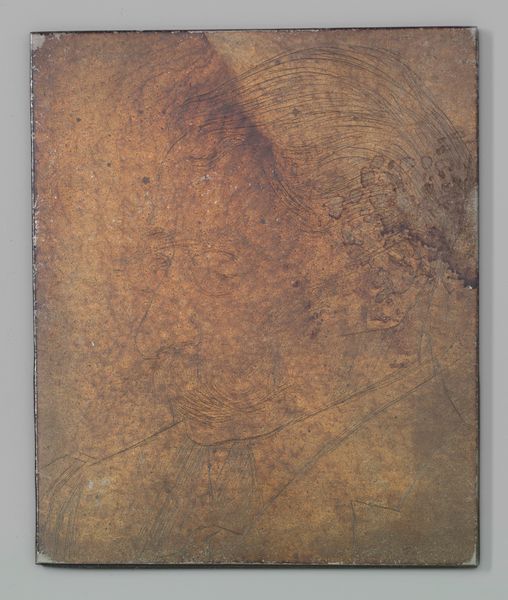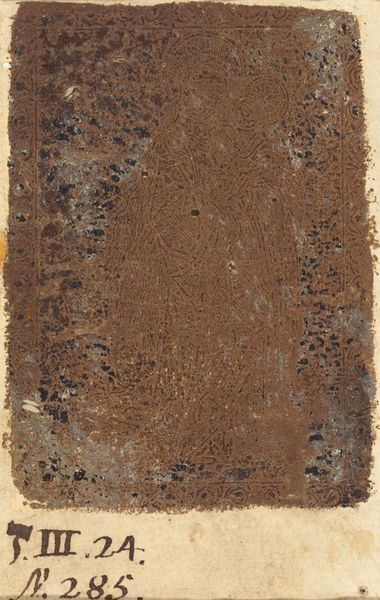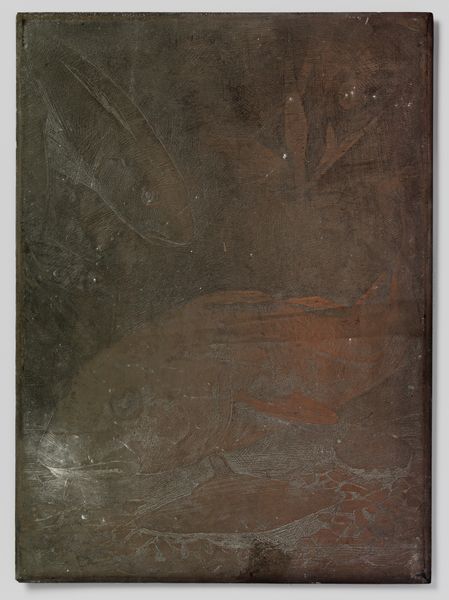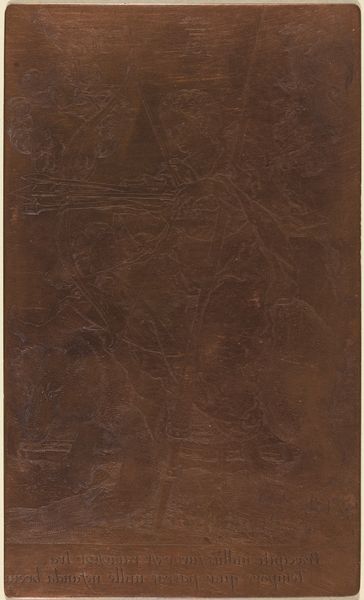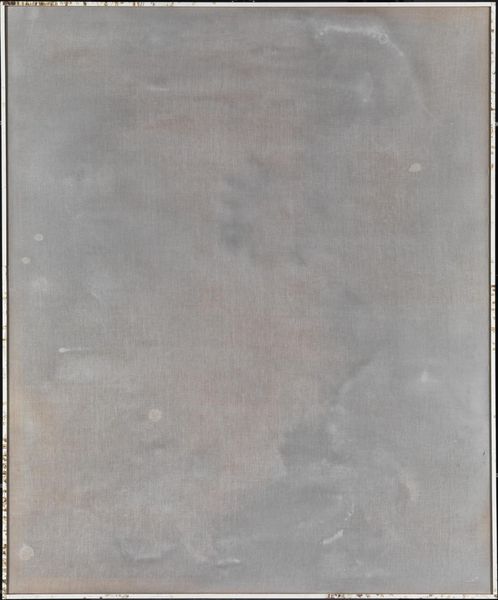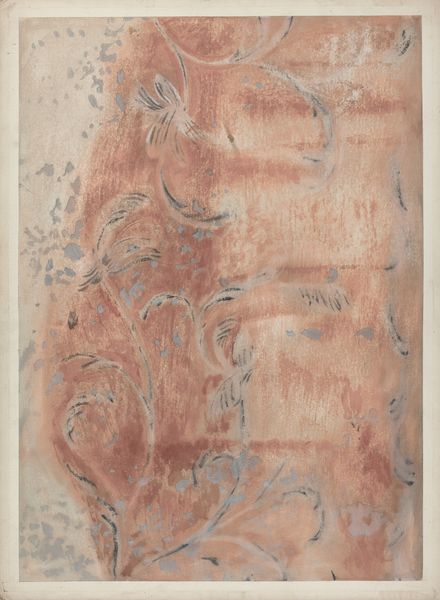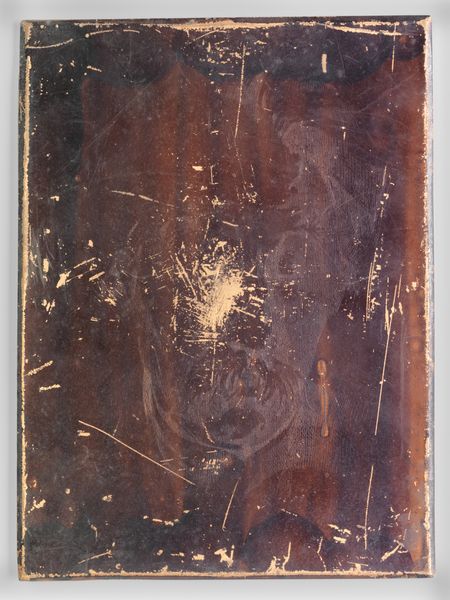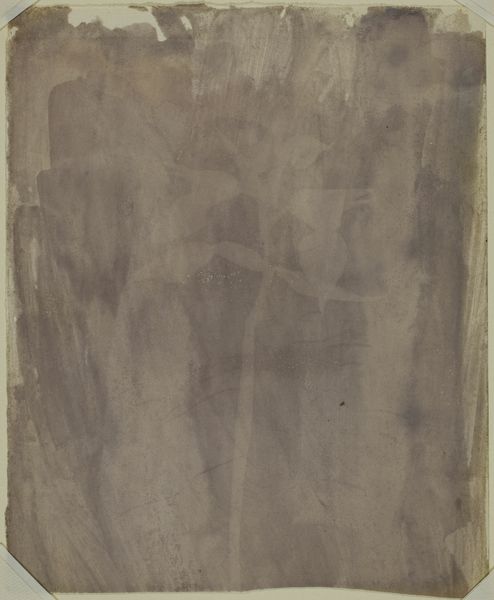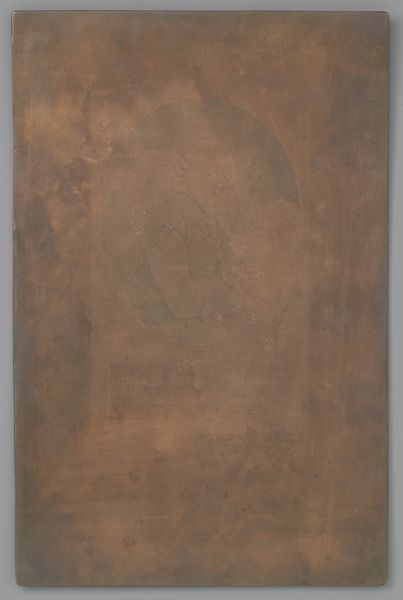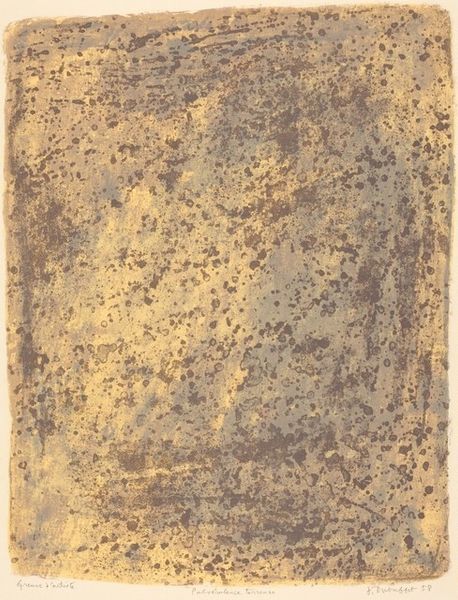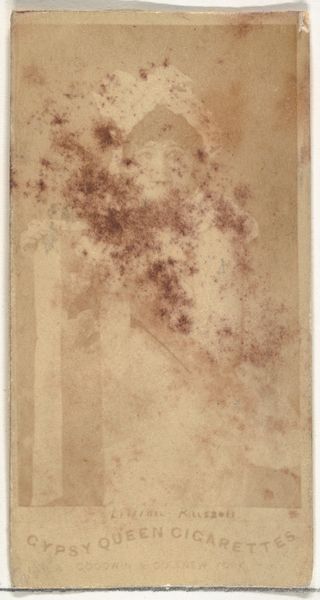
print, etching, graphite
#
portrait
# print
#
impressionism
#
etching
#
graphite
Dimensions: overall: 11.3 × 6.1 × 0.1 cm (4 7/16 × 2 3/8 × 1/16 in.)
Copyright: National Gallery of Art: CC0 1.0
Curator: Edgar Degas created this striking portrait, "Alphonse Hirsch," around 1875, using etching and graphite. The print presents a somewhat faded but undeniably compelling likeness. Editor: My initial impression is of something… ghost-like. The image feels veiled, incomplete almost. It evokes a sense of something emerging from memory, faint but present. What's striking is how the texture of the print almost obscures the subject, like we are peering through time itself. Curator: That's an insightful read. Degas was really pushing the boundaries of printmaking at this time, often using unconventional methods and multiple techniques in one work. The visible texture you observe actually comes from the etching process. He would have used acid to bite into the metal plate, creating lines and tones to hold ink and create the image. Editor: Right. The marks become visual cues, don't they? They act as cultural signifiers reminding us that portraits are, in themselves, fabricated artifacts and symbols of status and even the artist's unique perspective. Degas is really laying bare the processes of constructing and understanding a visual representation of this sitter. Curator: Indeed, he seems less interested in idealized representation than in capturing something more fleeting and perhaps more honest. Consider Hirsch's gaze – it feels knowing, even a little world-weary. The sketchy nature of the etching only amplifies this sense of unguarded vulnerability. Perhaps in contrast to some painted portraits from that period meant to idealize its subject, here the medium itself acts like a sort of filter. Editor: So we see both the individual, Alphonse Hirsch, and also the hand of Degas. It reveals so much about how art in the 19th century played with shifting the boundaries between reality and the artwork's capacity to both express and, at the same time, distort that reality. I wonder if Degas intentionally emphasized these tensions between objectivity and artistic interpretation. Curator: It's certainly possible. The Impressionists as a whole were concerned with subjective experience and capturing the ephemeral. Maybe by utilizing a technique which allows for such clear visibility of the marks of its making, the art shows more truthfully what exists beyond mere mimesis, the pure depiction of external reality. Editor: Looking at it this way, I find myself thinking more deeply about what we expect from portraits and what it means to remember someone through an image. Curator: Ultimately, this piece allows us a window into a time of societal change, and also to observe the dialogue of what occurs when artistic mediums find new and striking uses.
Comments
No comments
Be the first to comment and join the conversation on the ultimate creative platform.
